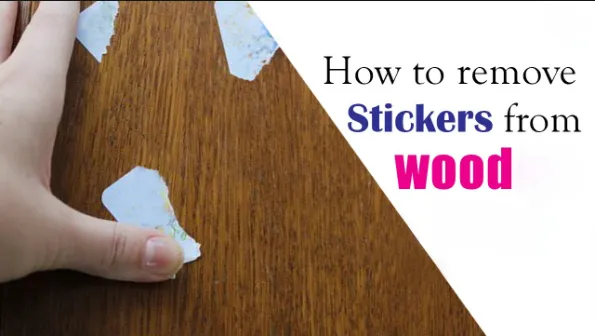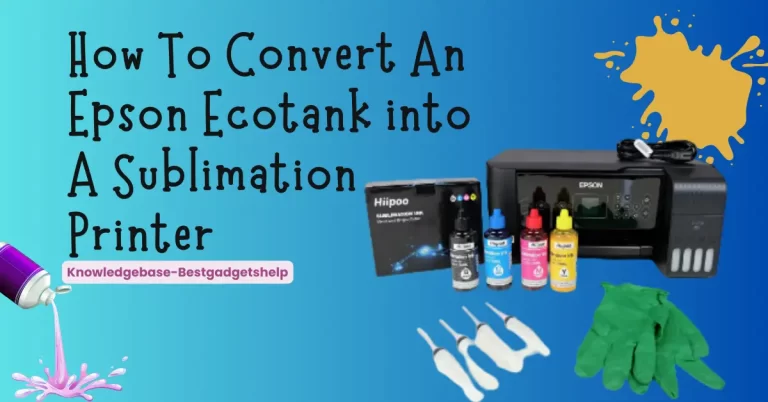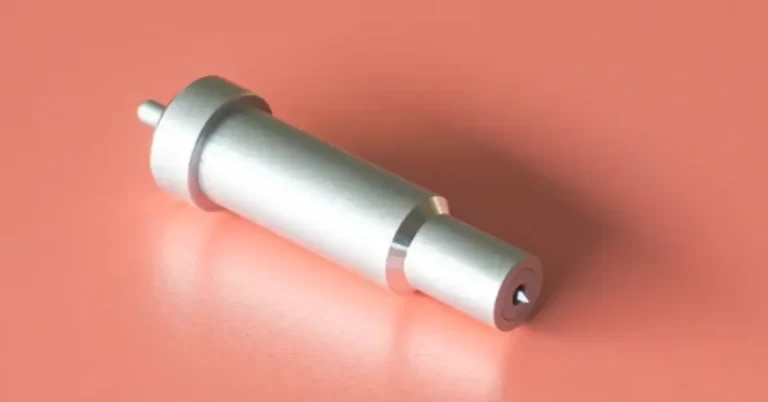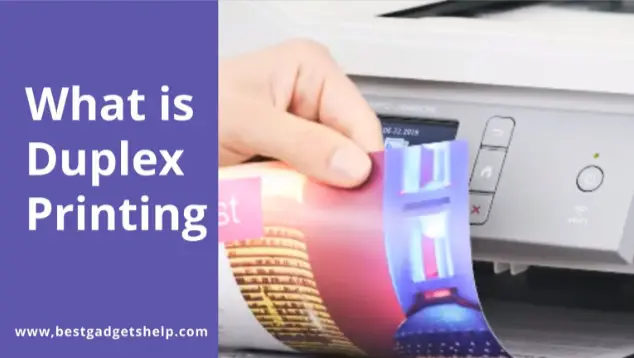Are the Stickers on Fruits Edible 2023? Learn The Answer
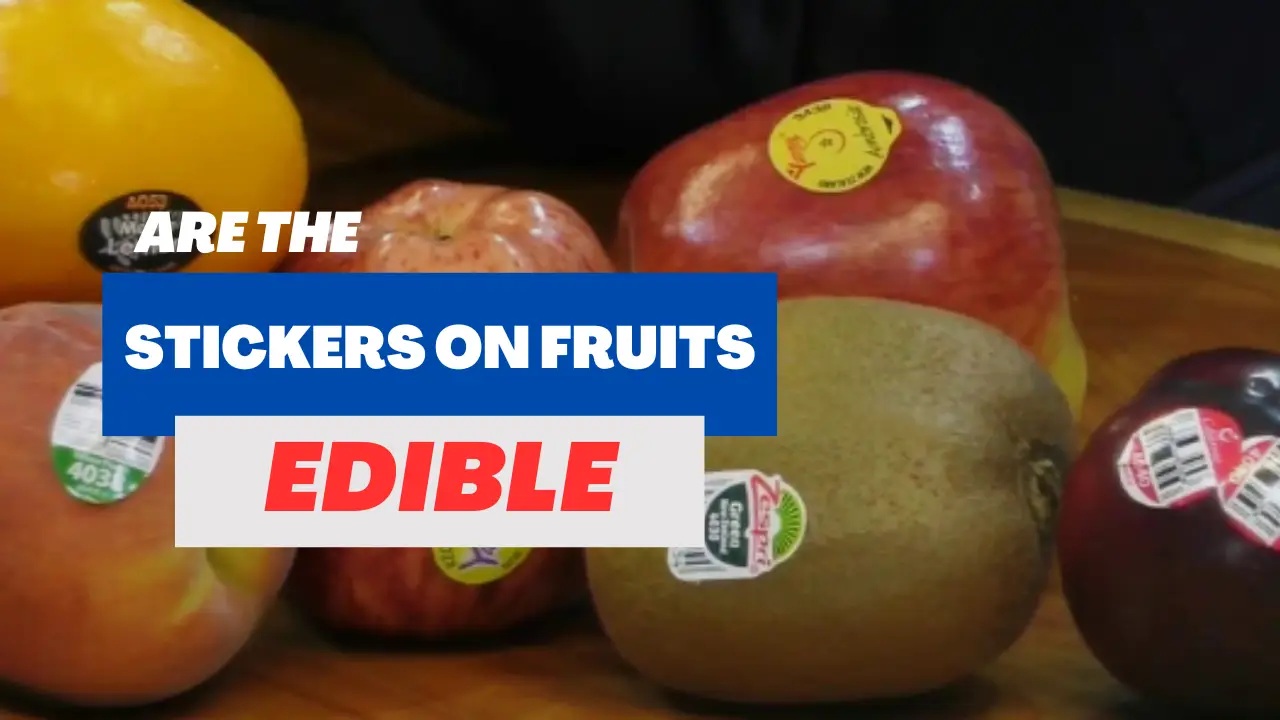
All of us love eating fruits. They taste good and are essential components of a healthy diet. There are several health benefits of including fruits in your everyday meals. If you are a fruit lover and buy them regularly, you may have noticed tiny labels stuck on them. Eating fruits without removing the sticker is common when in a rush.
Most people forget about the sticker while eating an apple or slice the lemons without removing the stickers to get dinner ready on time. Swallowing a sticker on accident may raise tons of questions in your mind, are they edible or biodegradable? Why do we need stickers on fruits and vegetables? Let’s dive deep into it to learn the answer to the much-asked question, are the stickers on fruits edible?
Why Stick Stickers on Fruits?
Attaching stickers to fruits and vegetables is significant due to several reasons. PLU (Price Look Up) stickers are stuck to the fruits to represent their prices. PLU codes ensure that the stores do not over or undercharge the buyers. These codes also make the whole checking out process at grocery stores faster and more convenient.
Produce stickers identify the type of fruit and the origin of its growth. For example, stickers starting with digit 3 or 4 specify that the fruit was grown in a conventional manner, while those starting with digit 9 indicate the fruit was grown organically. Fruit stickers starting with digit 5 or 8 are for GMO fruits. Due to these reasons, adding stickers to fruits is necessary.
What are the Ingredients of Fruit Stickers?
The following things are required to make a sticker; ink, glue, paper, plastic, or vinyl. The adhesive can be natural or synthetic. Natural adhesives contain water-soluble gums, while synthetic adhesives contain petroleum. Both types are unsafe for ingestion, especially if you have allergies to certain types of materials.
The inks label makers use to print information on stickers for food items are usually safe for consumption. Although, the ink may contain traces of metals like lead, etc., making it toxic for human consumption. Some stickers have a protective coating of laminate that makes them waterproof and tear-free. It contains harmful chemicals, so eating a sticker with a laminate coating is not advisable.
Is it safe to ingest stickers on fruits?
Swallowing stickers once in a while is safe, but we wouldn’t encourage it. It is advisable to peel them off before you eat your fruits. The United States Food and Drugs Administration regulates that the inks, print material, and adhesive should be safe for ingestion for stickers made for food items. FDA-approved stickers are safe for occasional consumption but removing them is preferable to avoid health risks.
Removing and discarding these stickers is absolutely safe for the environment. It is essential you remove them from the fruit skin and place them in the trash before throwing the peel in the compost bin. These stickers contain tiny microplastics that can contaminate the soil where you dispose of your compost garbage. It is almost impossible to break these stickers in the composting facilities. They remain intact long after the fruit they were attached to disintegrates.
Although fruit stickers are not harmful when ingested unintentionally, they are not genuinely edible. While FDA claims that the stickers on fruits are made with edible, food-grade materials, we did not find conclusive proof that supports the claim. We looked into the substances label producers usually use, and the answers did not satisfy us. Regular sticker papers were being used instead of special edible paper. You wouldn’t ever eat those stickers if you knew they include materials like turpentine, urea-formaldehyde resins, etc.
Also, the FDA guidelines about fruit stickers are not clear enough. With different companies selling stickers and using different types of adhesives, there is no way you can verify that the label makers have used safe-to-ingest materials compliant with the FDA guidelines. Therefore, we suggest you wash the fruit thoroughly and erase PLU or other stickers.
What goes into the making of a sticker is not the only health concern while consuming fruit stickers. There have been several instances of people of all ages choking while swallowing the stickers. It is a significant health hazard, especially for children. Even if they are produced with food-grade materials, they are not meant for consumption and do not have a flavor or nutritional value. An incident of a young girl developing a lung infection also occurred when a fruit sticker stuck to her lung.
How to Remove Stickers from Fruits?
Soaking the fruit in warm water for a few minutes is very helpful. It causes the adhesive to loosen up, making it easier to peel the sticker. You can also use cooking oil to detach the sticker from the fruit. Wash the fruit after to clean the residue.
Conclusion
By large, fruit stickers are edible, and the ink, glue, and paper used to make them are food-grade. Eating a few of them might not be a health concern. But considering the risks, removing them before eating the fruits is safer. The claim that fruit stickers are edible seems wrong. Also, we couldn’t find evidence asserting the use of edible papers, inks, and glue in making these stickers. In the future, we might not need stickers for fruits and vegetables.
Some leading companies are also discussing the idea of stickers made with natural ingredients that will not only increase the fruits and vegetables shelf life but would also protect them from the adverse effects of conventional stickers. New inventions are being made, such as dissolvable stickers or adding codes on fruits through lasers.
The idea behind these inventions is to reduce paper, glue, and ink usage and find a more eco-friendly solution. But, while the stickers are here, let’s be safe and peel and discard them. Wash the residue thoroughly before consuming the fruits.

I am Mason, a Team Leader & Writer, a proactive and collaborative individual who works closely with my team to achieve shared goals. I am skilled in managing projects and am able to lead my team to success by setting clear expectations, providing guidance and feedback, and fostering a positive and productive work environment. I have a deep understanding of printers, sticker printers, label makers, sublimation, and craft markets, and use my knowledge to produce high-quality content that is both informative and trusted for the readers.

